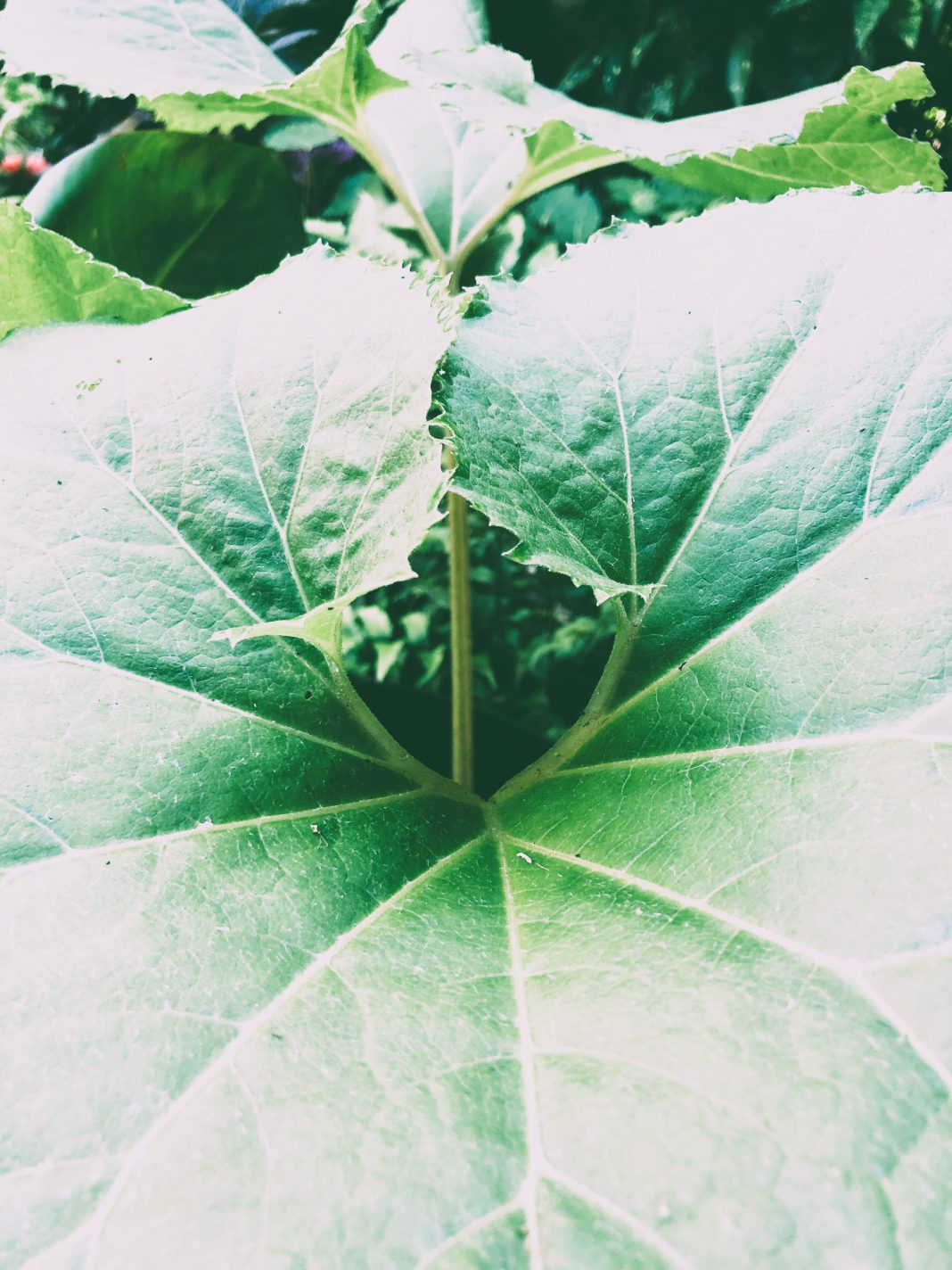Petasites japonicus, commonly known as Japanese butterbur or giant butterbur, is a herbaceous perennial plant that is native to Japan and other parts of Asia. It is grown for its large, attractive foliage and is often used in ornamental gardens. Here are some steps to grow Petasites japonicus:
- Climate and Growing Conditions: Petasites japonicus thrives in temperate climates with mild summers and cool, moist winters. It prefers partial shade to full shade and moist, fertile soil.
- Propagation: There are two primary methods of propagating Petasites japonicus: division and rhizome cuttings.
- Division: Divide mature plants in early spring before new growth emerges. Carefully dig up the plant and separate the rhizomes into smaller sections, each with some roots and shoots. Replant the divisions in well-prepared soil.
- Rhizome cuttings: In late winter or early spring, take rhizome cuttings from established plants. Cut a section of rhizome with a bud and some roots, and then plant it in a pot or directly in the garden.
- Planting: Choose a planting location with partial to full shade and moist, well-draining soil. Plant the divisions or rhizome cuttings at a depth of about 2 to 3 inches and space them about 2 to 3 feet apart, as Petasites japonicus can spread and fill in the space over time.
- Watering: Keep the soil consistently moist, especially during the growing season. Ensure that the plant receives adequate water, but avoid waterlogging the soil.
- Mulching: Apply a layer of organic mulch around the plants to retain moisture, regulate soil temperature, and suppress weed growth.
- Fertilizing: Petasites japonicus appreciates a nutrient-rich soil. You can incorporate compost or a balanced fertilizer into the soil before planting and provide additional feeding during the growing season if needed.
- Maintenance: Japanese butterbur is a relatively low-maintenance plant, but it can be aggressive and spread rapidly. Regularly remove any unwanted shoots to control its spread. In late autumn, after the leaves have died back, you can cut the plant back to the ground.
- Pest and Disease Control: Petasites japonicus is generally not highly susceptible to pests or diseases. However, you should keep an eye out for common garden pests and promptly address any issues that arise.
- Winter Care: In colder climates, Japanese butterbur may die back in winter and reemerge in spring. If you experience harsh winters, apply a thick layer of mulch over the plant to protect it during the cold months.

Remember that Petasites japonicus can spread rapidly, and its aggressive growth habit might not be suitable for small or confined garden spaces. Therefore, consider its potential to spread before planting it in your garden.
